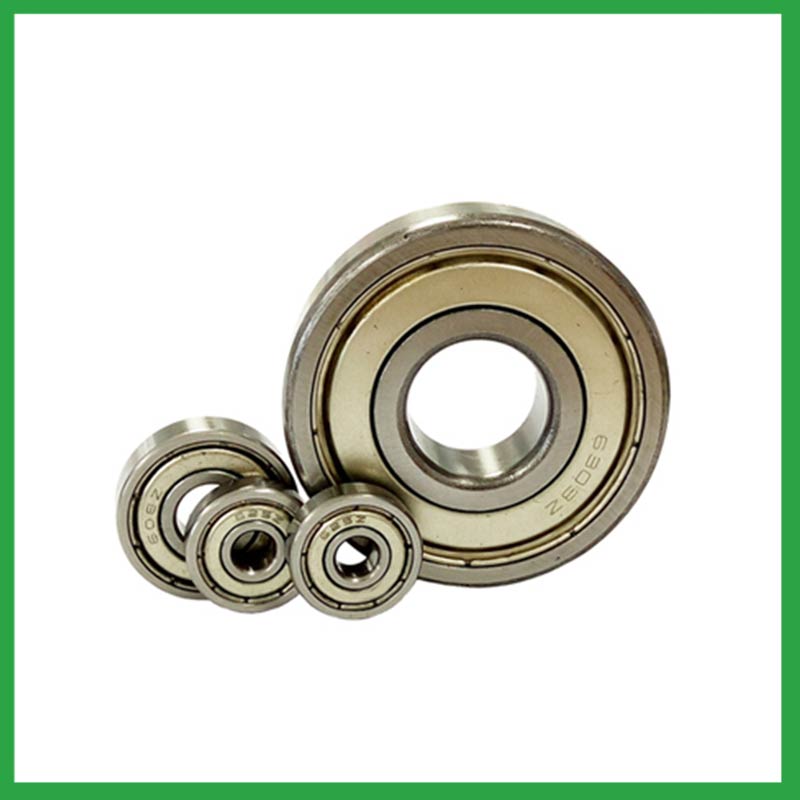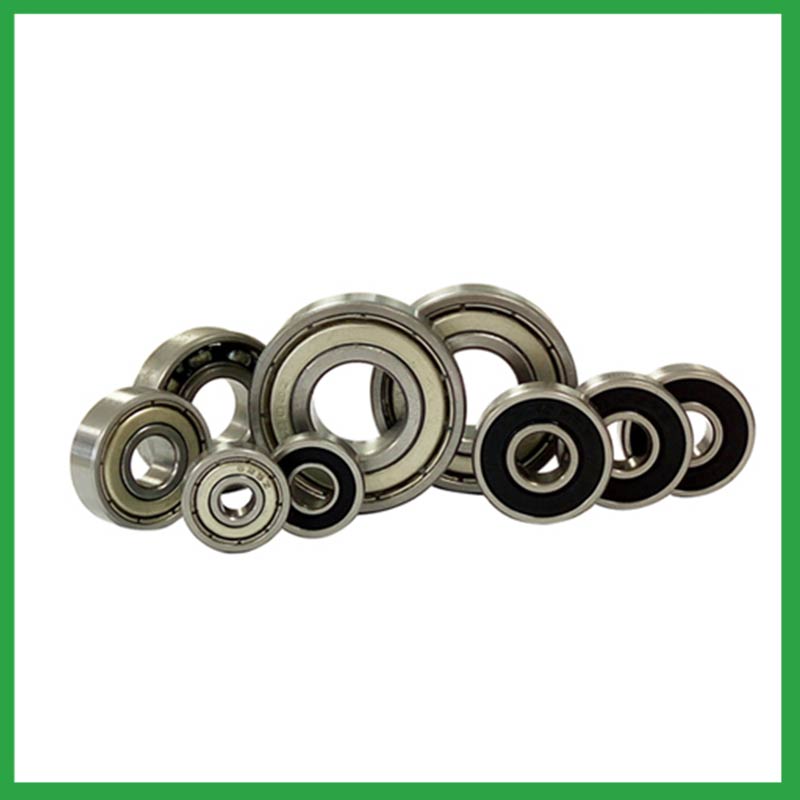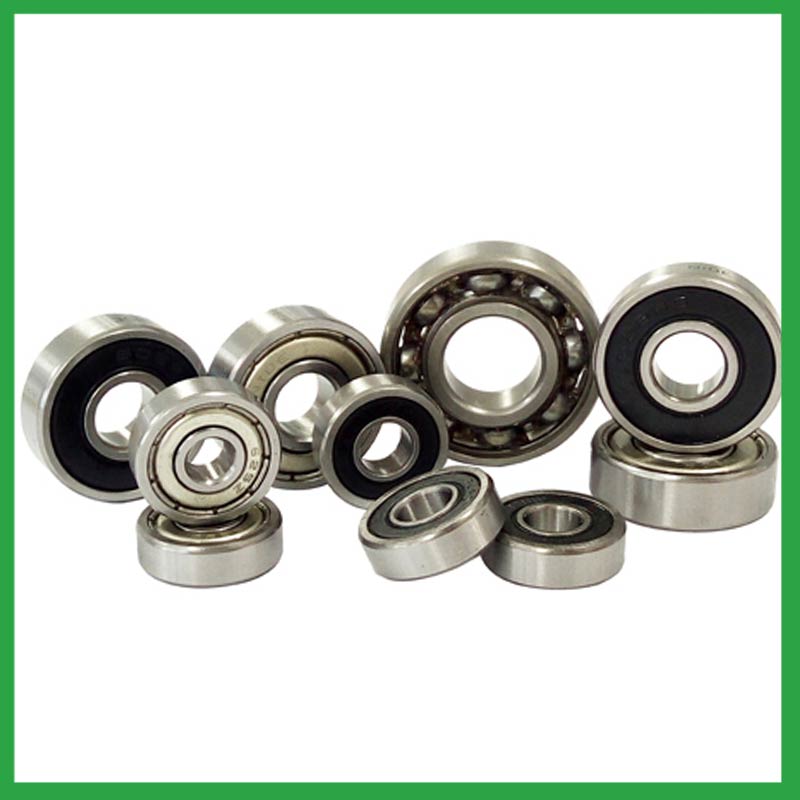PRODUCTS
CONTACT US
Ningbo Nide International Co., Ltd.
一一
· Contact person:Jack Zeng
· Mob/Whatspp/WeChat:0086-13738869026
· Email:emarketing@nide-group.com;marketing4@nide-group.com
· Add:No. 169, Wohushan Road, Daqi Subdistrict, Beilun District, Ningbo, China

Nide team could manufacture ball bearing as per customer’s drawing and samples.
If customer only has samples, we could also design drawing fo r our customer.
We also provide customized service.
Our ball bearing is widely applied the different industrials.
Haishu Nide International is specialized in bearings export production selling and after-service. In practice for many years, we established strict quality assurance system. Our products range covers insulation paper,thermal protector,ball bearing,shaft,carbon brush,commutator,motor cover and lamination,etc.We can do OEM products, and do following drawings.
Nide wishes is to provide world wide customers with one-stop service for the motor manufacturing. Make motor, turn to Nide, everything will be easy !

| Parameter | Information |
| Product Name | ball bearing schematic |
| Brand Name | Nide |
| Place of Origin | Ningbo,Zhejiang |
| Type | Ball |
| Material | stainless steel, etc. |
| Sample | Avaible |
| Warranty | 3months-1year |
| Lubrication | Dry/ Oil |
| Application | various industrial equipment,small rotary motors, etc. |
| Port | Ningbo/Shanghai |
| Size(mm) | customize |
| Export Country | Argentina,Brazil,South Korea,Hungary,Svalbard,Mauritania,Uruguay...etc |
| Export region | Asia,America,Oceania... |
| Certification | ISO 9001 Certification,CE-stator coil lacing machine,CE-insulation paper inserting machine,etc |
| Precision Rating | as per customer's requirement |
| Feature | Good wear resistance,High precision...etc |
| Packaging Details | Suitable for sea transportation |
| Color | white+customized |
| Seals Type | Rubber seals |
| Service | Prompt Delivery |
| Supply Ability | 100000-500000 Piece/Pieces per Month |
| Lead time (days) | 15-20 (To be negotiated) |
Please note: The above table data is for reference only. For specific information, please contact us.
ball bearing schematic can be used in household appliances, such as upper and lower pressure rods,refrigerator door leaf wings,mixers,washing machines, etc; It can also be used in industrial fields, such as motors,bearing cabinets,weighing machines,dishwashers, etc.
Before use, the model, size, and design of the ball bearing should be confirmed to ensure suitable application;
During installation, the installation load of the ball bearing should be minimized as much as possible to avoid unnecessary damage;
The bearing shaft and the bearing frame should be stable at the same time to avoid excessive tension.
Ball bearings have many advantages, making them highly competitive in the market.
Firstly, they are very durable and have good wear performance, making their service life longer than many other types of bearings.
Secondly, they are easy to install and can provide low friction performance in various applications.
Thirdly, they require a relatively low level of maintenance, making them cost-effective.
In addition, compared to many other types of bearings, their purchase cost is relatively low, making them an economical choice.




ball bearing schematic---FAQs Guide
2.Do ball bearing schematic come in various tolerance classes?
3.What is the typical noise level associated with ball bearing schematic, and how are noise-reduction techniques applied?
4.Are there specific ball bearing schematic designed for applications in the aerospace and aviation industries, and what standards do they adhere to?
5.About ball bearing schematic,Will you check the products before shipment?
6.What are the after-sales services available for ball bearing schematic?
7.Are there self-aligning ball bearing schematic that accommodate misalignment and shaft deflection in rotating equipment?
8.How do ball bearing schematic contribute to the overall efficiency and energy savings in industrial machinery and transportation systems?
9.How do preload adjustments in ball bearing schematic affect their performance and suitability for high-precision tasks?
10.What are the standard sizes and dimensions of ball bearing schematic?
1.Can ball bearing schematic be used in both vertical and horizontal orientations?
Sleeve Bearings: Sleeve bearings, also known as plain bearings, employ a simple yet effective mechanism. A cylindrical sleeve separates the rotating shaft from the stationary portion of the bearing, reducing friction and enabling smooth rotation. Sleeve bearings are characterized by their quiet operation, cost-effectiveness, and suitability for horizontal mounting orientations.
Ball Bearings: Ball bearings introduce small metal balls between the moving parts, providing enhanced durability and reduced friction. This design allows for smoother and more efficient rotation, making ball bearings well-suited for high-performance applications and vertical installations.
2.Do ball bearing schematic come in various tolerance classes?
Bearing tolerances are standardized by classifying bearings into the following six classes (accuracy in tolerances becomes higher in the order described): 0, 6X, 6, 5, 4 and 2.
3.What is the typical noise level associated with ball bearing schematic, and how are noise-reduction techniques applied?
To measure in accurate way the ball bearing schematic noise under rotation during their manufacturing process is a key activity particularly in the production of medium, small and ultra-small deep groove ball bearings. This capability in bearings noise analysis has become the real distinguishing element between a standard bearings noise equipment and a superior class one.
The various types of vibration and sound in rolling bearings can be grouped in four main categories: structural, manufacturing, handling and other. The structural vibration consists mostly of race, click, squeal and cage noise: it can be continuous or intermittent depending on specific cases. The manufacturing vibration is instead related to the waviness noise generated by the geometrical imperfections of inner and outer ring and of rolling elements, being always continuous in nature. The so-called handling vibration is normally associated with flaw and contamination and is generating – in most of the cases – irregular noise. Then there are other types of vibrabition that include noise generated by sealing and lubricant (irregular) or by runout (continuous).
4.Are there specific ball bearing schematic designed for applications in the aerospace and aviation industries, and what standards do they adhere to?
Airframe control ball bearing schematic are specialized bearings tailored for aircraft structures, particularly control systems and surfaces. Designed for low-speed oscillatory applications, they offer precision and support, effectively managing misalignments and flight-induced stresses.
Airframe Control bearings are lightweight, corrosion-resistant, grease-lubricated, and are sealed on most occasions. They come in precision grades for running accuracy.
5.About ball bearing schematic,Will you check the products before shipment?
Yes, We have a professional QC team. Products will be strictly inspection before shipment.

6.What are the after-sales services available for ball bearing schematic?
If you find problems or failures in the assembly or use of the bearings , which needs to consult and other services, please feedback to Nide International in time.
7.Are there self-aligning ball bearing schematic that accommodate misalignment and shaft deflection in rotating equipment?
These ball bearing schematic are particularly suitable for applications where misalignment can arise from errors in mounting or shaft deflection. A variety of designs are available with cylindrical and taper bores, with seals and adapter sleeves and extended inner rings.
8.How do ball bearing schematic contribute to the overall efficiency and energy savings in industrial machinery and transportation systems?
The balls roll along the raceway, allowing for smooth rotation of the machinery or equipment. Ball bearings are used to support rotating, reduce friction and support radial and axial loads in high-load, high-speed applications where reliability and efficiency are critical.
9.How do preload adjustments in ball bearing schematic affect their performance and suitability for high-precision tasks?
Benefits of Preloading a Bearing
Optimizes the ball spin to roll ratio.
Increases the rigidity of an application.
Protects from excessive ball skidding.
Decreases application vibration and sliding friction.
High running accuracy (even if load conditions keep changing)
Increases bearing load capacity.
10.What are the standard sizes and dimensions of ball bearing schematic?
ball bearing schematic size charts are widely available, and can be used to find the measurements of a specific bearing. Series 6200 and 6300 are the most commonly used, and typically range from 10 x 30 x 9 mm (. 394 x 1.181 x . 354 in) to 150 x 320 x 65 mm (5.906 x 12.598 x 2.559 in).


